What is a Virtual Machine (VM)? The Silent Power Behind the Blockchain World
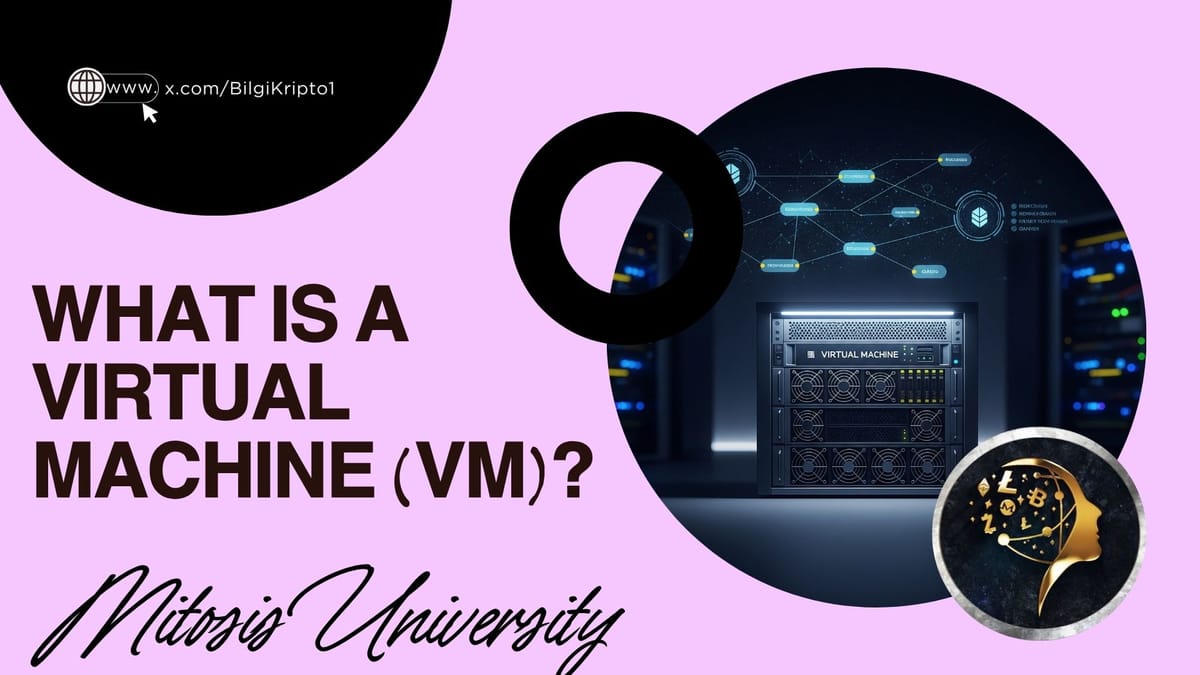
In today's digital world, as technology becomes increasingly complex, the architectural structures behind these technologies become equally vital. One of the most unseen yet powerful components of this architecture is the Virtual Machine (VM).
What began as a way to run different operating systems on a single computer has now become a critical part of the blockchain revolution. Virtual machines, especially those at the core of major blockchain networks like Ethereum, ensure that smart contracts run securely, transparently, and immutably.
In this comprehensive article, we explore virtual machines both in traditional computing and within the blockchain ecosystem supported by examples to make everything easier to understand.
What is a Virtual Machine?
At its simplest, a virtual machine is another computer running virtually inside your computer. Without the need for actual physical hardware, it behaves like it has its own operating system, memory, and storage. Think of it like putting a box inside another box.
For example:
- Your computer runs Windows, but you want to try Linux. Instead of buying a new machine, you can set up a virtual Linux environment.
- You’ve downloaded a suspicious application. Before risking your real system, you can test it in a virtual environment.
The software that makes this possible is called a hypervisor. It allocates computer resources (CPU, RAM, storage) and distributes them among different virtual machines.
The Role of Virtual Machines in Blockchain
Virtual machines act as the brain of blockchain technology. They are where smart contracts are executed, rules are enforced, transactions are validated, and results are finalized. Thanks to VMs, a blockchain network can ensure that users across the world run the same code in exactly the same way.
But how does it work?
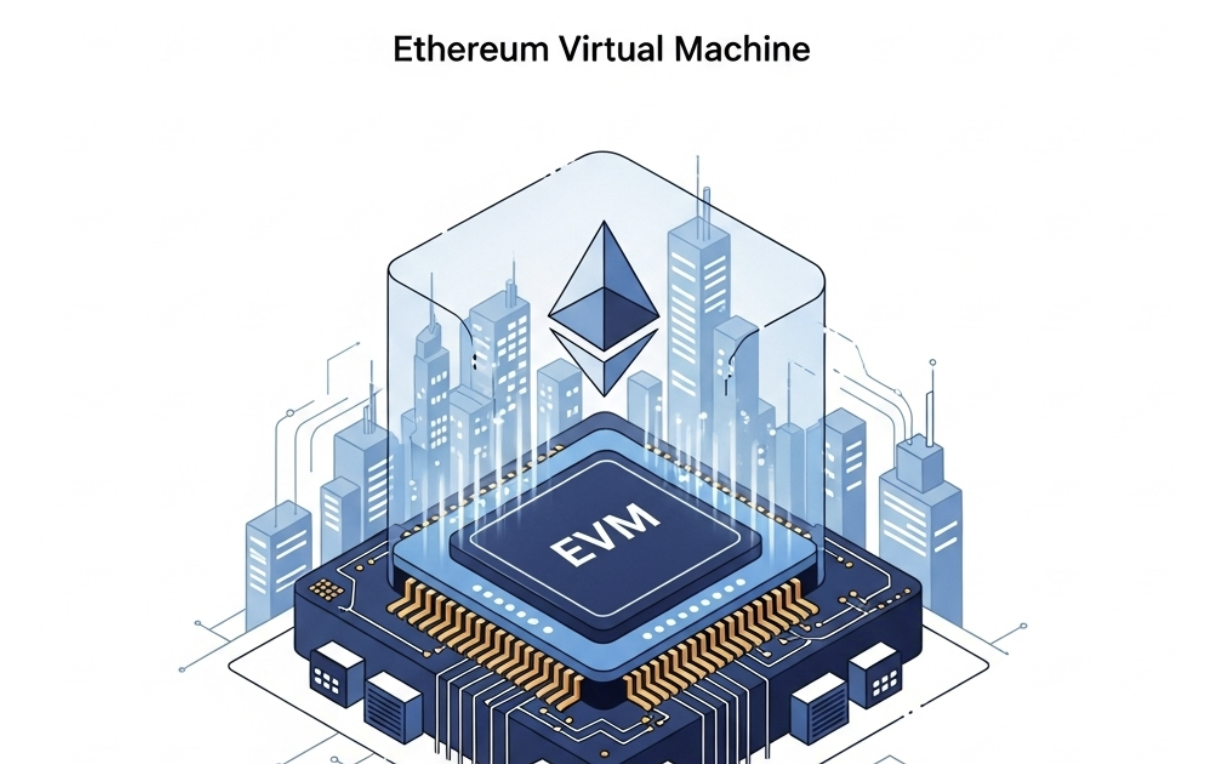
Ethereum Virtual Machine (EVM) – The Engine of Smart Contracts
The EVM is a virtual machine specifically designed to run smart contracts on the Ethereum network. It takes code written in languages like Solidity or Vyper and ensures that it executes identically on every Ethereum node.
Example:
When you swap tokens on Uniswap, the EVM silently jumps into action in the background. It processes the smart contract, swaps tokens between wallets, and guarantees the accuracy of the transaction.
Key Features of EVM:
- Deterministic: Every node executes the same transaction with the same result.
- Isolated: Code runs in a sandboxed environment, protecting the wider network.
- Backward compatible: Older smart contracts remain functional even after protocol upgrades.
Virtual Machines Used by Different Blockchains
While the EVM is the most widely adopted VM model, other blockchain platforms have developed their own virtual machine architectures to suit their specific goals.
1. WASM-Based Virtual Machines
Networks like NEAR, Cosmos, and Polkadot use WebAssembly (WASM) architecture. These VMs allow for broader programming language support (Rust, C++, AssemblyScript) and offer higher performance.
Example:
- NEAR developers can write smart contracts in Rust and deploy them on WASM-based VMs.
- WASM VMs offer flexibility and speed advantages for developers.
2. Solana Virtual Machine (SVM)
Due to its high throughput requirements, Solana uses a custom virtual machine known as the SVM. It is designed for parallel transaction processing, enabling thousands of transactions per second—critical for high-traffic systems like DeFi and NFT marketplaces.
3. MoveVM – Sui & Aptos
Projects like Sui and Aptos use MoveVM, which runs smart contracts written in the Move programming language.
- Prioritizes asset safety.
- Enforces strict rules on ownership and mutability.
MoveVM is particularly well-suited for tracking digital assets, token transfers, and DeFi activities.
Could Blockchain Exist Without Virtual Machines?
No. Without virtual machines, smart contracts couldn’t run in a secure, consistent, and reliable manner.
Imagine this:
Each developer writes code with their own rules, and every node interprets it differently. This would destroy the consistency of the system. VMs prevent this chaos.
They are like the "digital judges" of the blockchain. They enforce rules, execute logic, and ensure every transaction is processed identically across the network.
Examples of Virtual Machine Use in the Crypto Ecosystem
DeFi Applications:
Projects like Uniswap, Aave, and Compound use smart contracts running on the EVM to manage deposits, withdrawals, and token swaps for users.
NFT Minting and Transfers:
When you buy an NFT, a virtual machine is actually executing the code that tracks the asset’s ownership.
zkEVM and Layer 2 Solutions:
Platforms like Optimism and zkSync use custom VMs that are EVM-compatible but optimized for scalability. These VMs enable faster and cheaper transactions through Layer 2 networks.
Advantages of Virtual Machines
- Security: The isolated environment prevents malicious code from damaging the host system.
- Flexibility: Multiple systems can run on the same hardware simultaneously.
- Interoperability: Smart contract code runs identically on every node.
- Transparency: All actions can be traced and audited.
Challenges of Virtual Machines
Performance Limitations:
Since each transaction passes through the VM layer, it can slow things down—especially in high-volume networks.
Compatibility Issues:
Smart contracts written for the EVM won’t run on WASM-based chains. Developers may need to rewrite or adapt code for different platforms.
Operational Complexity:
Managing VMs at scale—especially across decentralized environments—requires significant time, tools, and expertise.
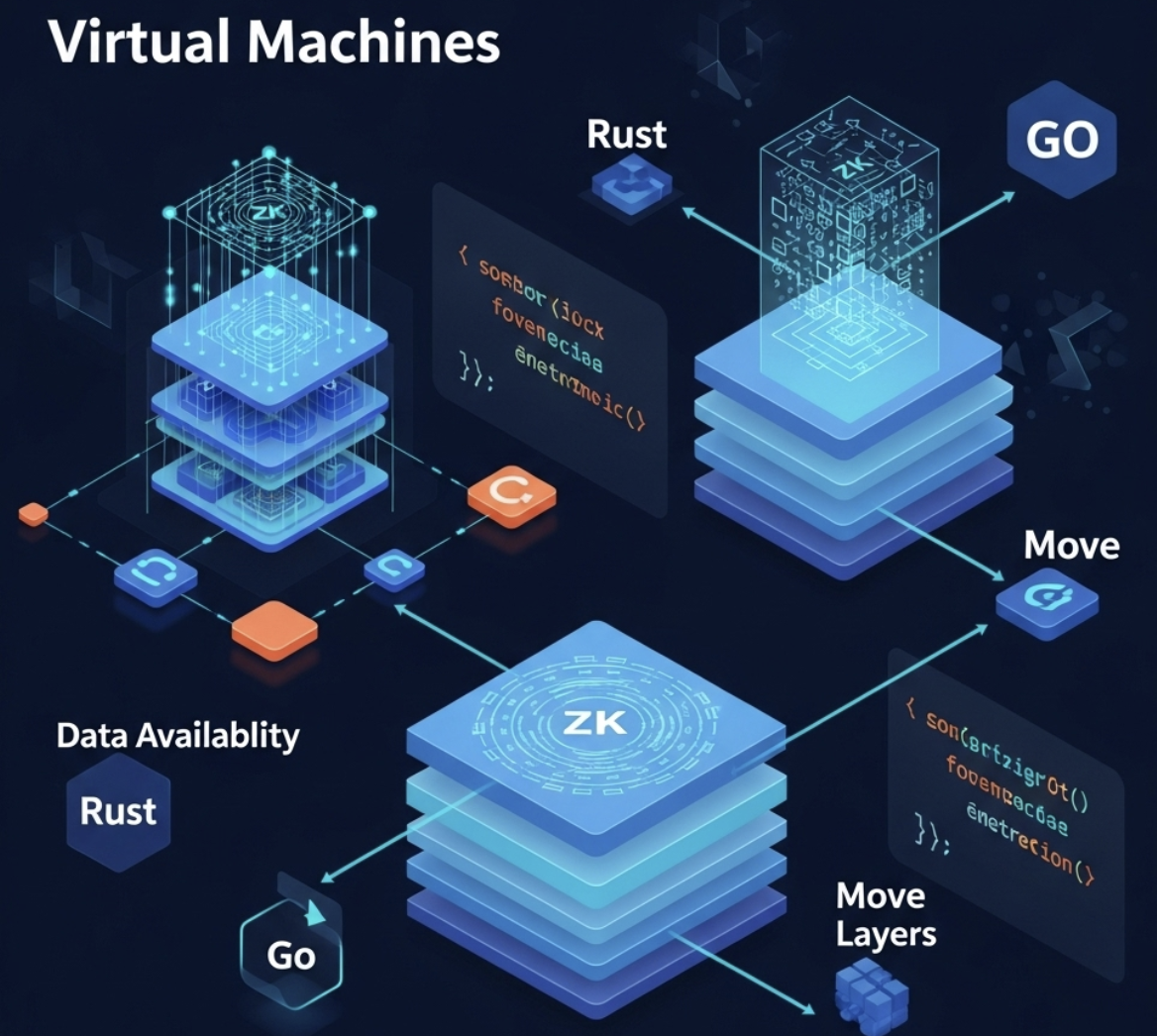
What Does the Future Hold for Virtual Machines?
As Web3 evolves, the role of virtual machines will become even more central. Technologies like:
- Modular blockchains (e.g., Celestia),
- Zero-Knowledge (ZK) solutions,
- Data availability layers
will be powered by next-gen VMs.
Developers will no longer be limited to Solidity. With Rust, Go, and Move gaining traction, blockchains will become faster, more accessible, and more developer-friendly.
Conclusion: Virtual Machines Are the Hidden Architects of the Digital World
Whether you’re testing a new operating system, swapping tokens on a DeFi platform, or minting an NFT virtual machines are working behind the scenes.
In the blockchain world, VMs are essential for transparency, security, and consistency. Most users interact with them daily without even realizing it.
That’s why understanding virtual machines is no longer optional it’s essential to grasp the future of Web
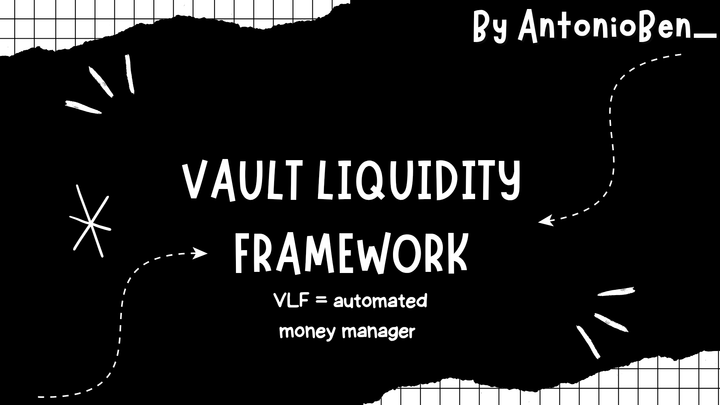
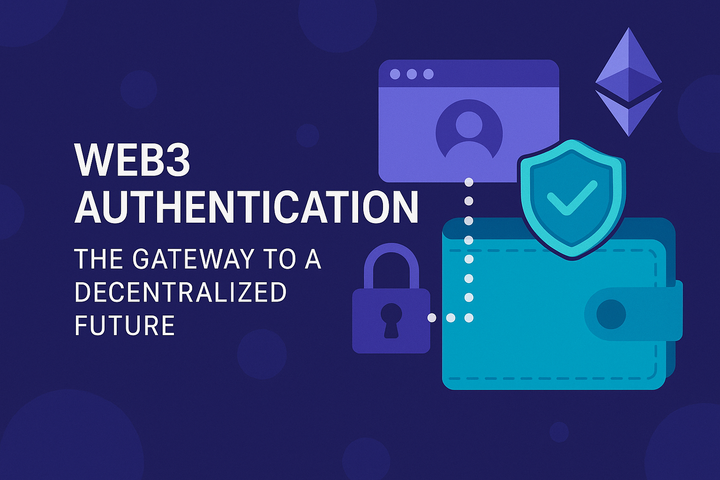

Comments ()